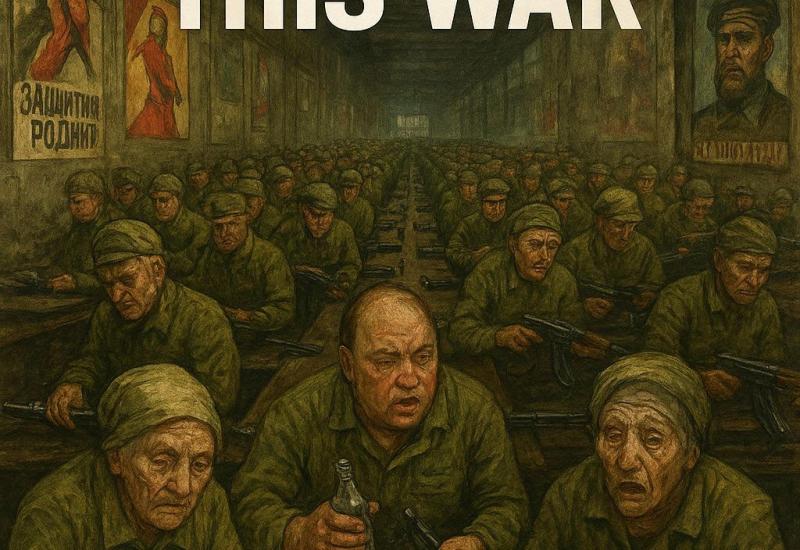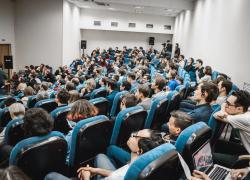A week after the protests in Venezuela on the Colombian border
One week and many canisters of tear gas later, the border between Venezuela and Colombia remains closed.
The humanitarian aid for Venezuela was supposed to enter the country on February 23rd through, Cucuta, Colombia. One week and many canisters of tear gas later, the border between Venezuela and Colombia is closed, thousands of Venezuelans are awaiting the humanitarian aid they were promised, and many are entering Colombia illegally through ‘trochas’.
The first few days after the border was closed, groups of young men were still pelting rocks hoping to break through the barriers on the bridge. The Venezuelan military which has largely remained loyal to Nicolas Maduro responded with tear gas and rubber bullets. Emergency Medical Technicians were swiftly attending to the injured, transferring the occasional serious injuries to an ambulance where they would be treated by paramedics. Samir Alexander, a dissenter from Venezuela told me that he would prefer to die in the struggle than starve to death in his country.
There were fewer protestors on the subsequent days. The crowds on February 23 had included the elderly, women, families with children. Volunteers were handing out white flowers and everyone was cheering ‘yes we can’. They were determined that the aid would cross the border. ‘Si o Si’ Juan Guaido had said. This message was reinforced by the speakers in the Venezuela Aid Live concert the previous day. By Thursday, there were no protesters at the border. Border security had cleared the ‘resistancia’ groups. The Venezuelan side of the bridge was being filled with earth to strengthen the blockade. The reality of the situation that the attempt to transfer the humanitarian aid had failed had begun to set in for the resistance groups.
Venezuelans leaving the country aren’t the only ones affected by the crisis. Those crossing the border include students in Colombian schools and universities, people who cross the border to buy groceries, toilet paper, diapers, and medicines. Many people, including pregnant women and lactating mothers, seek medical help at the Red Cross and NRC tents located near the border.
At Simon Bolivar bridge, informal groups have started operating in the ‘trochas’. The trochas are informal border crossings in the river. One of the smugglers, Juan, offered to help me enter Venezuela through the trocha. He said he charges 15,000 pesos per person, an additional 15,000 for luggage and 30,000 for journalists. Juan is from Caracas and moved to Colombia a year and a half ago when he could no longer afford to buy food in Venezuela and has been working in the torches ever since. “Usually we use the trochas to smuggle car tyres to Venezuela and gasoline to Colombia. Now that the bridge is closed we also help people get across the border. There are a number of armed groups (including Venezuelan ‘colectivos’ and the guerrillas) operating in the trochas. “The illegal groups had a meeting and they have declared that they won’t let people pass the trochas on their own. We are offering security to those entering the country.”
A border security official told me that Colombia is willing to keep the border open and the security personnel won’t crack down on those entering the country through illegal crossings. At Mega Colegio La Frontera, a school in Colombia near the border, only about 15 of the 1200 Venezuelan students who cross the border daily attended school on Tuesday. Many of them moved to Colombia with their families when it was announced that the border would be closed. Diego, 9 said, “my father said that crossing the trocha is not safe so we moved to my grandparents home when right before the border was closed”. Katiusca, 9 crossed the trocha in the morning to attend school. She joined the Colombian school in 2018 because there weren’t many teachers left in her school in San Antonio, Venezuela. She plans to cross the trocha to attend school as long as the border is closed. Karen, 7 stated she feels safer crossing the trocha than walking across the bridge because she doesn’t have to interact with Venezuelan military in the trochas. The aid for Venezuela is lying in warehouses in Colombia. The secretary of the department of border, Juan Carlos Cortez announced that “there is no plan to try to send the humanitarian aid across the border again. Neither will any point of distribution of aid be set up in Colombia”.
On February 23rd, Venezuelans were ready to create history. A week later, they are waiting in distress and misery while the political elites are discussing solutions that will determine their future.
This article was first published @ the PanamPost by Sukanti Bhave
https://panampost.com/editor/2019/03/04/a-week-after-the-protests-in-venezuela-on-the-colombian-border
*Sukanti Bhave completed her MA degree Philosophy, Politics, and Economics from CEVRO Institute. She has worked with South Asia Students For Liberty in various roles since 2014 and is part of the advisory board at present. Currently, Bhave lives in Colombia, where she is working on assimilation of Venezuelan students in Colombian schools.




















